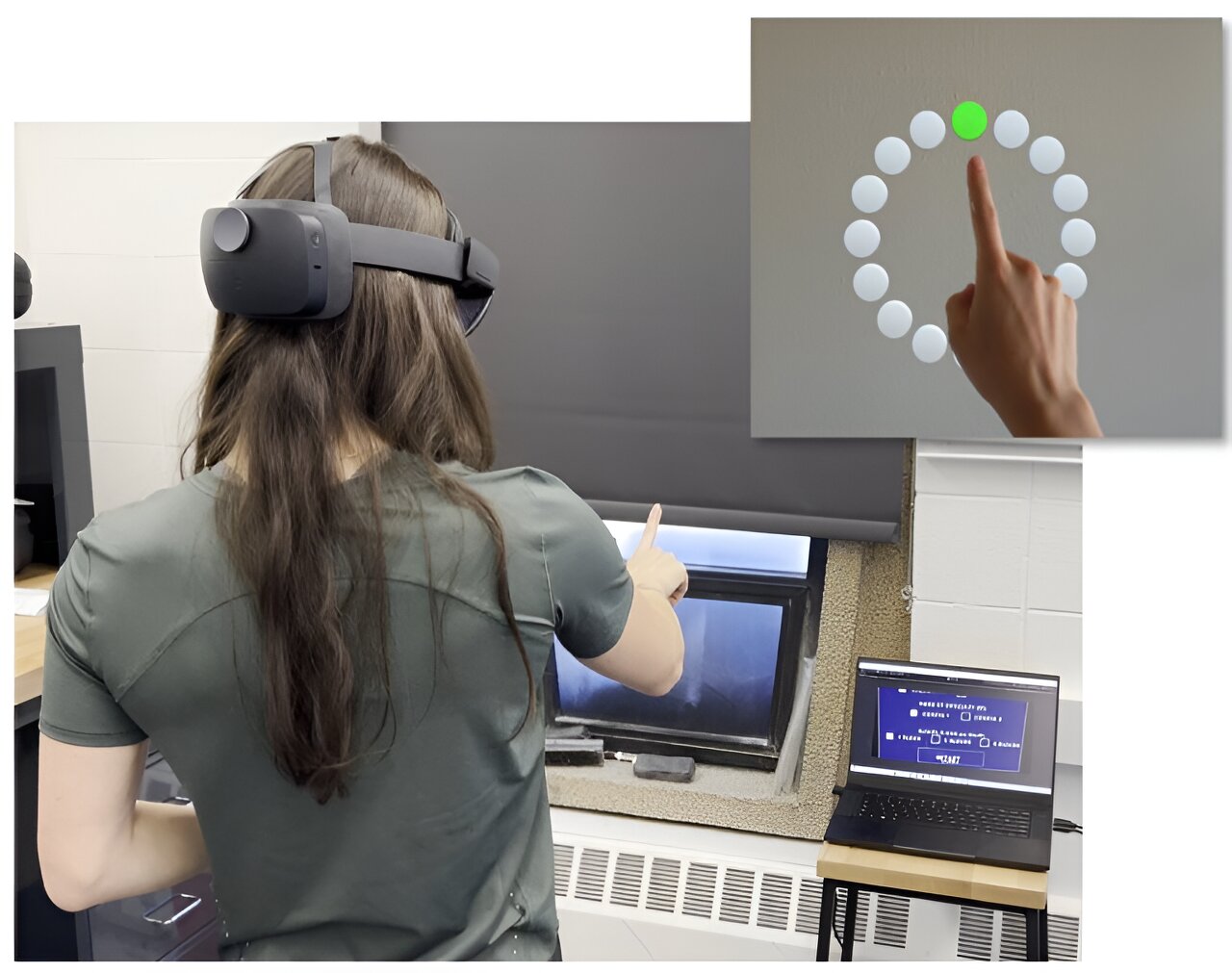After space flights, astronauts may suffer from disorders of the vestibular apparatus. These are so-called sensorimotor impairments, and scientists have learned how to detect them using augmented reality.

Recovery of astronauts’ sensorimotor impairments
A team led by the University of Michigan, including researchers from the Bioastronautics Laboratory at the University of Colorado at Boulder and the NASA’s Laboratory of Neurology at the Johnson Space Center, has developed a set of augmented reality tasks to identify and correct problems with the vestibular apparatus, known as sensorimotor impairments.
The results, published in the journal Aerospace Medicine and Human Performance, can help in operational decision-making during flights by determining when astronauts are capable of performing tasks that require full coordination, such as piloting aircraft or operating other complex systems.
Field tests to assess sensorimotor impairments have already been conducted after the return of the crew members of the International Space Station to Earth. Most of the crew members fully recovered their ability to perform vestibular coordination tests within two to four days after landing. However, during the recovery, the astronauts received intensive treatment from strength training, conditioning, and rehabilitation specialists.
During gravitational transitions to destinations beyond Earth, astronauts will need a method to test recovery in the confined space of a spacecraft without the help of experts. During the transition from the microgravity of a spacecraft to the gravitational environment of the Moon or Mars, astronauts experience a deficit of perceptual and motor functions. The vestibular system of the inner ear, which determines the position and movement of the head, must adapt to the new gravitational signals.
Augmented Reality
The research team has developed a task to coordinate hand and eye movements through augmented reality glasses as a lightweight and compact solution. This format provides tracking of hand and eye movements, allowing users to see the physical environment along with computer perceptual information.
Augmented reality facilitates the development of customized assessments by adapting functional tasks to the requirements of the mission or the individual needs of the crew. Using built-in sensors, these augmented reality assessments track and analyze astronauts’ hand-eye coordination, head kinematics, and task-specific performance indicators, offering valuable information about their sensorimotor abilities.
“Data from AR-based evaluations enable targeted feedback and the creation of personalized rehabilitation programs or countermeasures,” said Hannah Weiss, co-author of the paper and a graduate of the University of Michigan doctoral program.
The task for hand-eye coordination contains 16 targets adapted to the established standard of human-computer interaction — holographically designed in the user’s physical space and located in an equidistant circular array. The goal is to touch the targets as quickly and accurately as possible in a predetermined sequence.
Vestibular apparatus testing
To test the effect of vestibular impairments on the performance of this task, the researchers applied electrical stimulation to the mastoid processes of the study participants to disrupt their sense of movement. Given the swaying of the participants, the resulting impairment of the vestibular apparatus imitated the vestibular disorientation that astronauts would experience a few hours after the flight.
The speed and accuracy of target touch decreased after vestibular stimulation, indicating that this type of impairment may interfere with the crew’s ability to determine the known location of targets while in a static standing position. The linear accelerations of the head also increased, indicating that trying to keep their balance interfered with their work.
Future studies will examine balance and mobility tasks to complement this assessment of hand-eye coordination and gain a clearer picture of an astronaut’s adaptation to local gravity.
According to phys.org
Follow us on Twitter to get the most interesting space news in time
https://twitter.comne/ust_magazine


